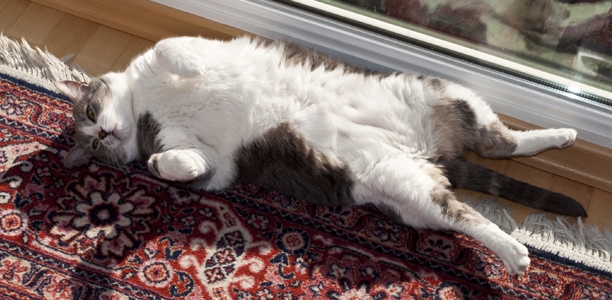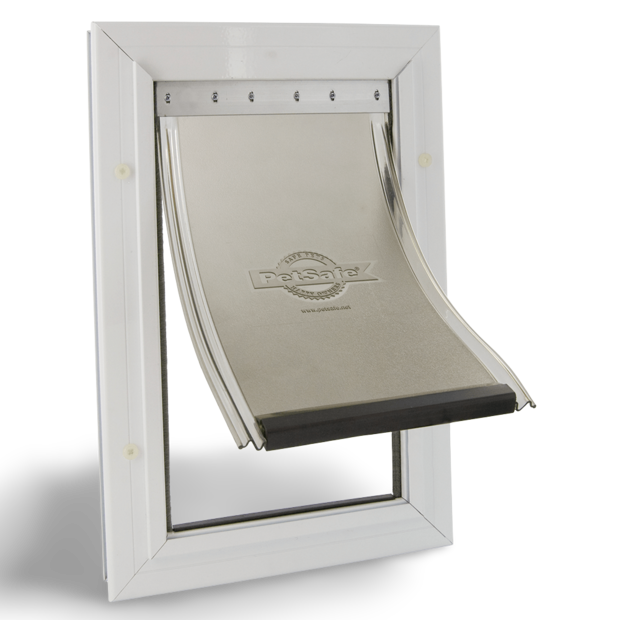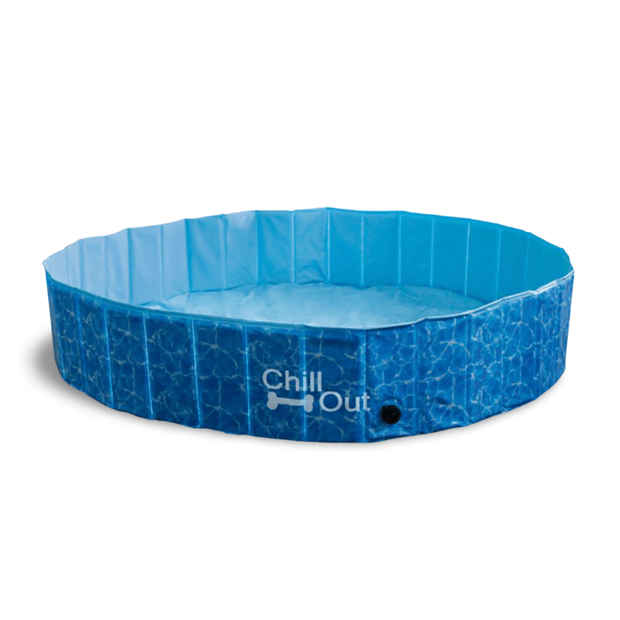Heatstroke and Sun Damage in Pets
How to Keep Your Best Mate Protected This Summer
This article is written by Pet Circle Veterinarian,
While summer is undoubtedly a time for fun and celebration, all pet owners need to be prepared for the potential issues that the hot sun and scorching weather can pose for our furry friends. Most people know how to keep themselves protected (and are ready to slip, slop, and slap!) but do you know how to keep your pet protected?
Heatstroke in pets
Longer days and warmer weather means more opportunities to spend time outdoors with your pet. While this is a fantastic way to bond with them, it's important to be aware that heat stroke is a very real issue for pets in Australia.
Pets that are at a greater risk of heat stroke include long or dark-haired, overweight, and brachycephalic (flat-faced) breeds. However, every pet is at risk of developing heat stroke if they are heavily exercised during extreme heat.
Tips to Prevent Overheating in Summer
Identifying Heatstroke
Heatstroke may cause some or all of the following symptoms:
- Heavy panting or difficulty breathing
- Vomiting
- Collapse
- Core temperature raised above 40°C
- Increased heart rate
- Bright red or bluish-purple gums from lack of oxygen to the tissues
- Excessive salivation
Treatment of Heatstroke

If your pet is suffering from heatstroke, they should receive veterinary attention. If you find your pet in heat distress, take them out of direct exposure to the heat and place them by a fan.
Use a wet towel or cool water (not chilled) to lower your pet's temperature gradually. Avoid cooling your pet too quickly (e.g by putting them in cold water) as this can cause additional health problems.
Heatstroke is a very serious condition and if your pet's body temperature is elevated for even a short period of time it can cause irreparable damage to their nerves and organs, resulting in death.
Pets who are kept inside cars on warm or hot days are at a very high risk of developing heatstroke; and we strongly recommend never leaving a dog inside a car unattended. For more information, read our guide on What to do if you see a dog locked inside a hot car.
Tips for avoiding heatstroke in your pet
1. Ensure access to shade and shelter.
Your pet will moderate their own temperature if given access to cooler areas, such as shady patches. If your pet is outdoors only, you might like to supply a shade shelter or kennel so they can cool down on hot days. You also might like to consider a pet access door so your pet can go inside for shade, or outside for some fresh air as they please. For indoor-only pets, always make sure the home is well-aerated during the day if left home alone.
2. Hydration, hydration, hydration!
While excessive temperatures certainly do a lot of damage, most heatstroke symptoms are actually related to severe dehydration. It's always important to keep your pet hydrated during summer, and there are plenty of ways to achieve this. You can encourage your pet to drink with a water fountain, as pets are naturally attracted to running water. You can also try freezing a block of ice with some treats or minced meat inside, as a make-your-own 'doggy ice block'.
If you are taking your dog out for some outdoor activity, always think ahead and consider bringing a travel bowl so you can provide water on the go.
3. Walk at dusk or twilight.
To avoid over heating your pooch, only walk them early in the morning or late in the afternoon or evening. This is particularly important for those brachycephalic (flat-faced) breeds who struggle to breathe when exercised in the heat. Read more about this in our article Brachycephalic Airway Syndrome. Remember: dogs regulate their temperature by panting. If a dog can't breathe properly, they also can't cool down).
Why not look at some night walking products, to get you motivated for some moonlight strolls?
4. Splish, splash!
Sometimes, it's just too hot to walk your dog. But that doesn't mean they have to miss out on their daily exercise. Why not take them swimming?
Swimming is an excellent low-impact form of exercise for dogs (just as it is for us!) and particularly good for dogs with arthritis or weight issues. If you don't have a pool or dog beach nearby, why not try a portable dog pool? You can even kit them out in a doggy life jacket if you aren't sure how sound their fitness is!
5. Ice, ice, baby.
There are plenty of products that can help keep your pet cool, particularly if you aren't home with them during the day. Cooling mats can provide a refreshing cool surface for your pet to lounge upon, and chilled bowls can help keep their water source icy fresh. Cooling bandanas are even available, which keep your dog 'cool' in more ways than one!
6. Shed that furry coat.
For cats or dogs with long coats, such as poodles or ragdolls, ensure you get them clipped nice and early in the season to avoid excessive shagginess and overheating. It's also important to keep them brushed and well-groomed to avoid extra mats. After all, no one would make you wear a winter coat during summer, so why should it be any different for your pet?
Sun protection for pets

Pets that are most at risk of sunburn are those with white or light coloured fur due to the decreased pigment levels in their skin. Breeds at a particular risk include bull terriers, border collies, boxers, dalmatians, greyhounds, whippets, and staffies. The most common areas on the body to experience sun damage are their ears, eyelids, nose and belly. Lesions caused by sun exposure can be very uncomfortable, painful and lead to more serious conditions such as cancer.
Avoidance is the best prevention when it comes to sun protection. Keeping your pet indoors or in shaded areas during peak UV radiation times (between 11am-4pm) is best. When your know your pet is going to be exposed, use a dog safe sunscreen and carefully apply to vulnerable areas. In some instances, a UV resistant sunsuit may be the best option for your pet, just make sure you still coat their ears and nose with sunscreen.
Let's get back to that summer loving!
Summer is a wonderful time of year and by no means does your pet have to be locked up in air conditioning all day long! Just avoid exercising your dog or cat during the middle of the day and instead either go early morning or in the late afternoon/evening. Dogs suffering from heatstroke or severe sun exposure should be taken to a veterinarian for immediate attention.
And remember!...
Pets most at risk of HEATSTROKE are those with:
- Dark coloured coats
- Pushed in faces
Pets most at risk of UV DAMAGE are those with:
- White or light coloured coats
- Short, thin or patchy fur and exposed skin











































